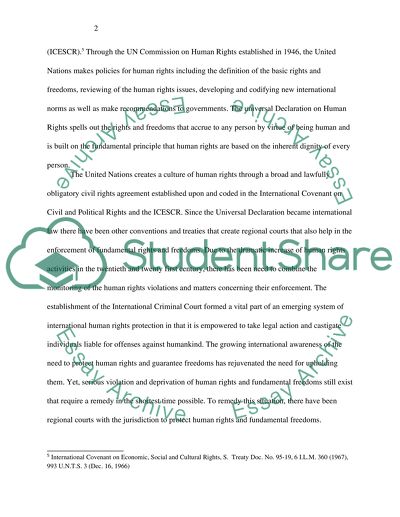Cite this document
(“Law of international organisations Essay Example | Topics and Well Written Essays - 2750 words”, n.d.)
Retrieved from https://studentshare.org/law/1498033-law-of-international-organisations
Retrieved from https://studentshare.org/law/1498033-law-of-international-organisations
(Law of International Organisations Essay Example | Topics and Well Written Essays - 2750 Words)
https://studentshare.org/law/1498033-law-of-international-organisations.
https://studentshare.org/law/1498033-law-of-international-organisations.
“Law of International Organisations Essay Example | Topics and Well Written Essays - 2750 Words”, n.d. https://studentshare.org/law/1498033-law-of-international-organisations.


